Rising Popularity of Craft Beer
The Barley Market is significantly impacted by the rising popularity of craft beer, which relies heavily on barley as a primary ingredient. The craft beer segment has witnessed exponential growth, with the number of craft breweries increasing by over 25 percent in recent years. This trend has led to a corresponding increase in barley demand, as brewers seek high-quality barley varieties to create unique flavors and styles. The Barley Market stands to benefit from this trend, as craft breweries often prioritize local sourcing, potentially boosting regional barley production and fostering closer relationships between farmers and brewers.
Expansion of Barley in Animal Feed
The Barley Market is significantly influenced by the expansion of barley usage in animal feed. Barley serves as a cost-effective and nutritious feed option for livestock, particularly in regions where other grains may be less accessible. Recent statistics suggest that barley accounts for around 20 percent of the total feed grain market, highlighting its importance in animal husbandry. As the demand for meat and dairy products continues to rise, the Barley Market is poised to benefit from increased barley production for feed purposes. This trend may also encourage farmers to adopt more sustainable practices, further enhancing the industry's growth prospects.
Government Support for Barley Production
Government support for barley production is a crucial driver for the Barley Market. Various countries have implemented policies aimed at promoting barley cultivation through subsidies, research funding, and export incentives. Such initiatives are designed to enhance the competitiveness of barley in the agricultural sector. Recent reports indicate that government programs have led to a 12 percent increase in barley acreage in certain regions, reflecting a commitment to bolstering this vital crop. As governments continue to recognize the economic and environmental benefits of barley, the Barley Market is likely to see sustained growth and investment in the coming years.
Increasing Demand for Barley-Based Products
The Barley Market is experiencing a notable surge in demand for barley-based products, driven by the rising popularity of health-conscious diets. Barley, recognized for its high fiber content and nutritional benefits, is increasingly incorporated into various food products, including cereals, snacks, and health bars. This trend is reflected in market data, which indicates that the consumption of barley in food applications has grown by approximately 15 percent over the past few years. As consumers become more aware of the health benefits associated with barley, the Barley Market is likely to see continued growth in this segment, potentially leading to innovations in product development and marketing strategies.
Technological Advancements in Barley Cultivation
Technological advancements in barley cultivation are playing a pivotal role in shaping the Barley Market. Innovations such as precision agriculture, genetically modified barley varieties, and improved irrigation techniques are enhancing yield and quality. These advancements are particularly crucial as the global population continues to grow, necessitating increased food production. Recent data indicates that barley yields have improved by approximately 10 percent due to these technological interventions. As farmers adopt these new technologies, the Barley Market is likely to experience enhanced productivity and sustainability, positioning it favorably in the competitive agricultural landscape.


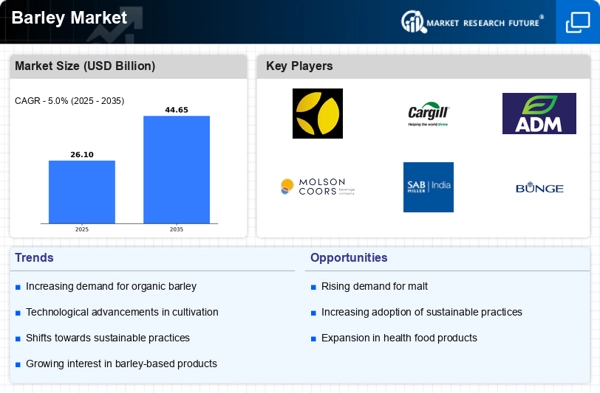
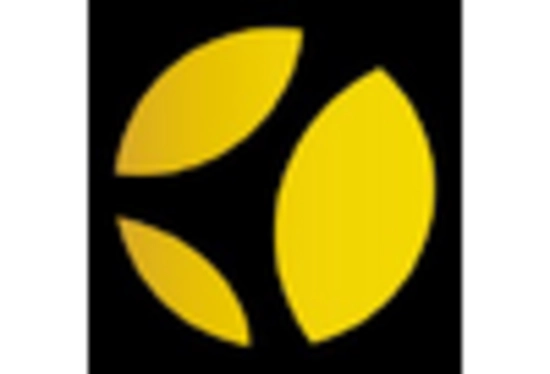
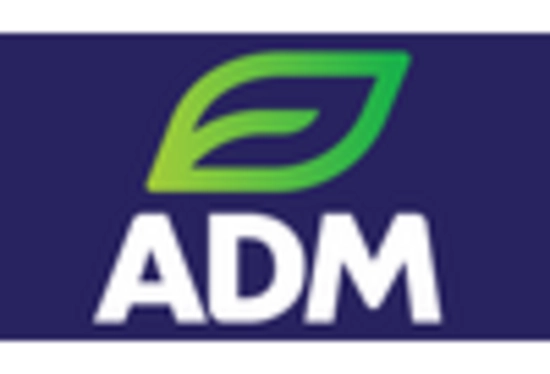
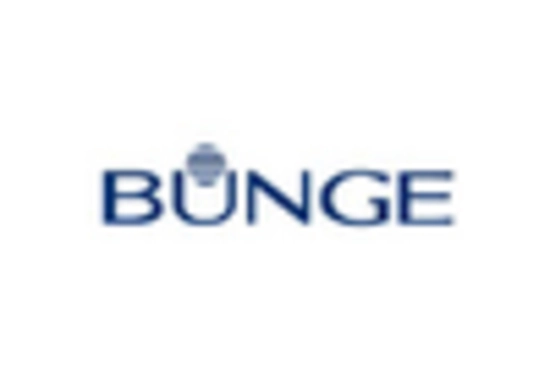
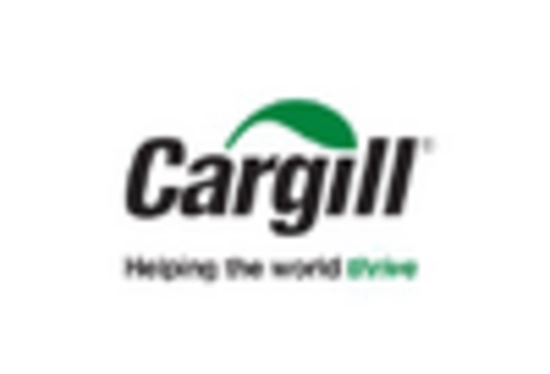
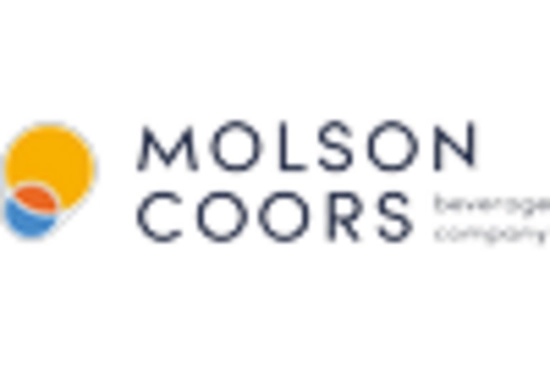
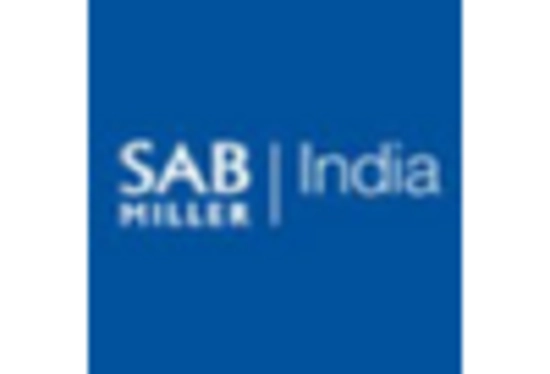








Leave a Comment